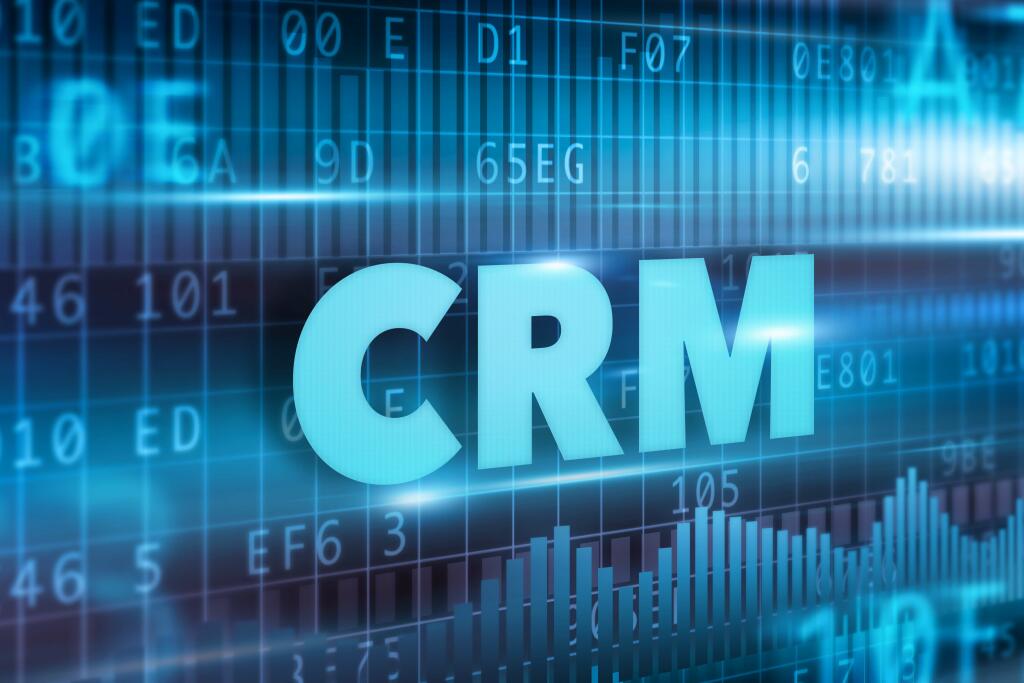Содержание
- A Business Trainer From Glasgow, United Kingdom
- Building A Strong Team: The Stages Of Team Development
- The Spanish Version Of The ‘phases Of Team Development’ ‘fases Del Desarrollo Del Equipo’
- Do New Managers Get A Raw Deal?
- Project Team Developing
- Agilescrumguide Com
- Need A Team Development Model For Reference? Heres All You Need To Know
- Performing
The method entails creation of team co-location strategies to organize team meetings. Team co-location is an alternative to virtual team activities. In many ways there are no secrets to implementing effective performance management. Performance Management is a process and a process which if implemented … Performing – when the team starts to produce through effective and efficient working practices. If you’re new to projects or need a refresher, here’s a guide of all the things I learned during my journey.

Leader skills listed for each stage of team development translate into actions, or interventions, the leader can make in order to help the group to complete each stage’s task. The norming stage of team development is the calm after the storm. In this stage of team development, team members fall into a rhythm as a cohesive taskforce. The skills of each member are validated and utilized to execute the necessary tasks. While conflict may still arise in this stage, it no longer spirals into dysfunction.
A Business Trainer From Glasgow, United Kingdom
At Simplilearn, our corporate training in emerging technologies is transforming our economy with valuable skills that last. Our blended learning approach drives learner engagement and the industry’s highest completion rates. A team is a group of individuals team development process who work together toward a common goal. Each member of a team is valuable to the common goal in their own way, using a unique set of skills to fulfill a team role. And yet, everyone on the team shares the same orientation and attitude.
Roles and processes expand to include giving support to and learning more about teacher-powered school community. However, during the norming stage, there can be a few overlaps with storming. As new tasks appear, there may still be some incidents of conflict. However, as you’ve already gone through the worst part these disagreements may be easier to address. This is the stage where egos may start to show themselves and tempers may flare.
Improvements in skills and competencies of team members to allow a team member to perform assignments more efficiently. Improve internal agreement and personal recognition among team members to enhance morale, reduce number of conflicts, and improve productivity. Improve skills and technical competencies of team members to increase the probability of achieving project deliverables in the context of decreasing costs, improving quality and reducing schedules. There continues to be massive coverage in the press just now about how effective the skill of coaching can be both in the workplace and in people’s personal … A major advantage a team has over an individual is its diversity of resources, knowledge, and ideas.
This article will guide you through the significance of team development, its stages, and action steps business professionals can take to orient their teams toward a development mindset. If you collect and focus on too many, they may be obstructing your field of view. He released an updated version of the visual on February 14, 2022. This article features the newest version of the Phases of Team Development illustration. Read on for details including information on permission requests and downloadable high-resolution versions of the image. Performing allows team members to focus on performing the project work as a team.
The team can handle conflict and proceed with the project successfully. Almost all teams lack one or more of these criteria at some point in their tenure. Team development strives to meet these criteria with ongoing reflection and growth. Like any form of development, it takes time and dedication to be effective.

As the real work kicks in, the project may present both technical and interpersonal challenges. Individual work habits, leadership decisions, or lapses in communication can cause tension within a team. Annoyance, frustration, and anxiety commonly arise in response. These statistics are based on people problems in startups, and it isn’t quite clear what percent of larger company failures could be directly or indirectly attributed to people and team issues.
The team will be in many ways, self-directing, perhaps even self-appraising with the manager taking very much a back-seat role. Again the manager’s role will be to facilitate communication and ensure that the successes are communicated and rewarded. The first meeting is a nervous one and a good coaching manager will recognise this and make attempts to ensure the team is put at ease.
Building A Strong Team: The Stages Of Team Development
Schedules of training sessions are specified in project human resource plan. The only 5-hour on-line course that teaches you the PRACTICAL side of project management. This course will guide you step-by-step on HOW to successfully run a project and provides you with all the templates and tips you need to be successful. The performing stage is where your team can hit its stride. Each team member understands everyone’s strengths and weaknesses and they are familiar enough with each other to help. Both transactional leader skills and transformational leader skills can move the team from one stage of development to the next.

Tuckman’s Theory gives a solid idea of what most teams go through. Your team can get into the groove of working together towards a common goal. At this stage, looking to a strong leader for guidance is vital.
The Spanish Version Of The ‘phases Of Team Development’ ‘fases Del Desarrollo Del Equipo’
That may seem tough coming from a “coaching” manager but this is reality and in many cases management is a tough role. Storming usually arises as a result of goals, roles and rules all becoming confused and unclear. This results in confusion when different behaviours are evident and conflicts can arise with the potential for factions being created within the team. We encourage all teacher-powered teams to see themselves not just as leaders of their own schools but as transforming forces of teaching and learning.

It highlights the performance level, characteristics, and proven strategies for each of the phases. Project Managers, Scrum Masters, Agile Coaches, DevOps Leads, and other professional can apply the information to help handle challenges or issues experienced by teams. Some teams will go through the four stages fairly rapidly and move from forming through to performing in a relatively short space of time. A lot depends on the composition of the team, the capabilities of the individuals, the tasks at hand, and of course the leadership from management. One thing is certain – no team passes over the storming phase. All teams must be prepared to go through the difficult and stressful times as well as reaping the benefits of the productive phases.
Do New Managers Get A Raw Deal?
Review the characteristics to help identify the team’s current phase, then apply the corresponding proven strategies to help them advance. Traits of Adjourning include a shift to process orientation, sadness, and recognition of team and individual efforts. Strategies for this phase include recognizing change, providing an opportunity for summative team evaluations, and providing an opportunity for acknowledgments. You will find at times that there will be people who tend to hold back the storming process or perhaps prolong it. Business has no place to let the odd individual hold things up.
Some teams adjourn with silence, some with celebration, and others with sadness. Regardless of the length or success of a project, each team deserves a hearty affirmation of its concerted efforts. The adjourning phase https://globalcloudteam.com/ is a fantastic opportunity for leaders to encourage long-term connections, reflect on the growth of the team, and celebrate the project closing. Team development sets businesses up to thrive—not just survive.
Some stages may be prolonged, overlap, and even be repeated as members and goals change. This information references Bruce Tuckman’s “Stages of Group Development.” Allows improving competencies of project team members by means of formal and informal training sessions, such as classrooms, online seminars and webinars, on-job-training, mentoring and coaching.
Teachers will come to this guide at different stages in the school creating process. Perhaps you’re curious what designing and running a teacher-powered school entails and want more information. Maybe you already have a team in place and are looking for strategies and advice for moving ahead. Perhaps you already run a teacher-powered school and are seeking ways to strengthen your team, modify your processes, or manage internal changes in leadership. The team is completely self-directed and requires little management direction.
The impact of people problems and team issues in a startup organization that is just getting its footing and trying to make the right connections and decisions can be very significant. If you know anyone who has a company in startup mode, you may have noticed that some of the early team members who are selected to join the team are trusted family members, friends, or former colleagues. Once a startup company grows to a certain level, then it may acquire an experienced CEO to take the helm. In any case, the startup is faced early on with important questions on how to build the team in a way that will maximize the chance of success. Strategies for this phase include recognizing individual and team efforts, providing learning opportunities and feedback, and monitoring the ‘energy’ of the team. Teams go through phases of development, and Dr. Bruce Tuckman established a popular and durable framework on the subject.
- The team will be in many ways, self-directing, perhaps even self-appraising with the manager taking very much a back-seat role.
- In the Performing stage, teams learn how to avoid cultural upheaval during organizational changes and recognize when change is necessary to ensure continued success.School leadership team is fully functional.
- This is when a lot of talking goes on “behind the manager’s back” This is very unhealthy for a team.
- Adriana Girdler is a project manager, productivity specialist, entrepreneur, professional speaker, facilitator, visioning wizard, and author.
- It highlights the performance level, characteristics, and proven strategies for each of the phases.
- This is a period of great personal growth among team members.
In this stage, members of the design team establish the models and processes for leadership, teaching, learning, and management that will be used once the school is running. The design team will also develop the school proposal and secure autonomy agreements. The Storming stage is the most intense of all the stages, with numerous steps and design considerations.Design team develops further, following roles and processes established in the Forming stage.
Project Team Developing
The team members at this point are enthusiastic, and issues are still being discussed on a global, ambiguous level. This is when the informal pecking order begins to develop, but the team is still friendly. This is the goal stage for the group, where it is productive and fully functioning. Members feel confident in their roles, and there is a healthy, positive interdependence within the group. Members can work in subgroups or independently with ease, and roles and ‘authority’ adjust more fluidly to changing needs. Morale is very high, group identity is established, and there is a strong sense of unity.
Agilescrumguide Com
The enthusiasm is high, and people are excited about the new venture and the prospects that await. Depending on the situation, there may be funding that the startup has received from investors, or the startup could be growing and powering itself organically. Either way, the startup faces many different questions in the beginning, which will have a tremendous impact on its growth potential and performance down the road. One of the most critical questions that faces a startup —or any business for that matter—is the question of who should be on the team. Stage begins as team members begin vying for leadership and testing the group processes.
This is known as the “win-lose” stage, as members clash for control of the group and people begin to choose sides. The attitude about the team and the project begins to shift to negative, and there is frustration around goals, tasks, and progress. As shown, performance fluctuates as teams move through the phases.
When a team member is added to the group, this may change the dynamic enough and be disruptive enough to cause a backwards slide to an earlier stage. Similarly, if a new project task is introduced that causes confusion or anxiety for the group, then this may also cause a backwards slide to an earlier stage of development. Think of your own experiences with project teams and the backslide that the group may have taken when another team member was introduced. You may have personally found the same to be true when a leader or project sponsor changes the scope or adds a new project task. The team has to re-group and will likely re-Storm and re-Form before getting back to Performing as a team.
Team learning is often necessary to execute healthy team development and providing your team with the tools they need to thrive is good for them and your organization. These tools may include team development discussions, training, or workshops. This is known as the “polite stage” in which the team is mainly focused on similarities and the group looks to the leader for structure and direction.
Katzenberg and Smith, in their study of teams, have created a “team performance curve” that graphs the journey of a team from a working group to a high-performing team. He released an updated version of the visual on January 4, 2021. This article features the new version of the Phases of Team Development illustration along with an overview of the characteristics and key strategies for each phase. Read on for details including information on permission requests and downloadable high-resolution versions of the visual. Lessen the direction and spend time with individuals starting to coach them in relation to their roles within the team and the tasks that they have to perform. At the same time the manager will be challenging team members to take on extra capabilities in order to move the team on to the next stage.
